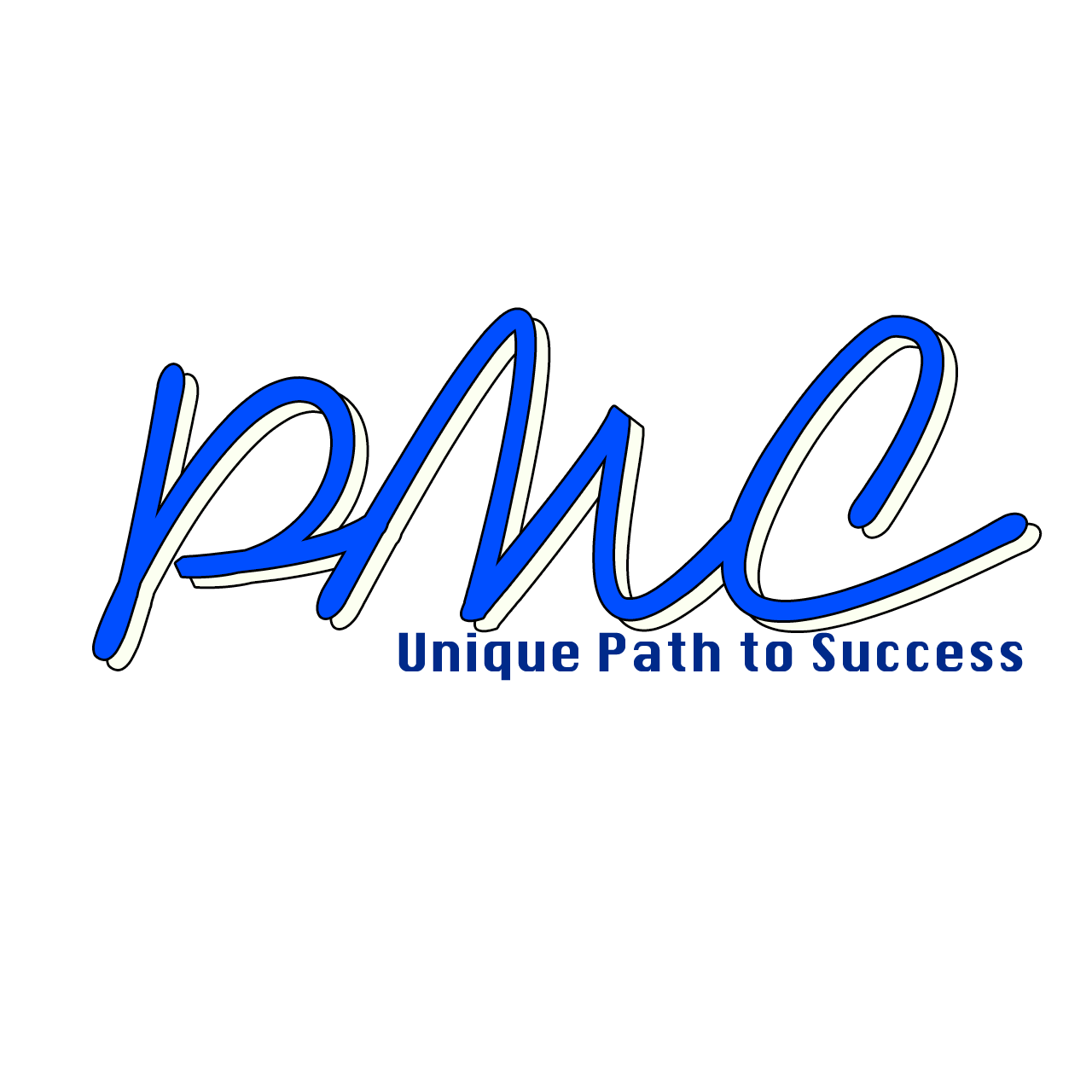Aluminum Plates A3003
All About 3003 Aluminum (Properties, Strength and Uses)
Physical Properties of 3003 Aluminum
Aluminum alloys differ based on their types and percentages of alloying elements. Alloys with <4% of alloying elements are called “wrought” alloys, whereas those with up to 22% are “cast” alloys. This article is only concerned with wrought alloys, but an important designation exists between wrought alloys based on how they are strengthened. Some wrought alloys can be strengthened using a high-heat process called heat-treating (for more information on this, see our article on 7075 aluminum alloy), or work-hardened (sometimes called “cold-worked”). Alloys of the 3xxx class are non-heat-treatable, meaning they can only be strengthened using the work-hardening process. This strengthening method uses mechanical deformation (rolling, hammering, etc.) to change the molecular structure of the metal to be stronger, yet less ductile. For more explanation of this process, please feel free to read all about 5052 aluminum alloy, another common non-heat treatable alloy. There are even more designations of 3003 aluminum alloy based on how it is work-hardened, but for brevity’s sake we will highlight only one type, H18-hardened 3003 aluminum (3003-H18).
Type 3003 aluminum is defined as an alloy of aluminum that has, nominally, 0.12% Cu, 1.2% Mn, and 98.6% Al. Note that these percentages fluctuate slightly based on how the aluminum alloy is fabricated, and other trace impurities can be found in natural amounts. 3003 aluminum alloy is fairly simple in composition, mainly due to the fact that only a certain amount of manganese can be successfully added to aluminum (~ 1.5% Mn) to make an alloy. The density of 3003 aluminum is 2.73 g/cm3 (0.0986 lb/in³).
Mechanical Properties
When specifying 3003 aluminum, certain metrics such as the yield strength, ultimate strength, shear strength, modulus of elasticity, and shear modulus should be known. As previously explained, all mechanical values were taken from 3003-H18 aluminum alloy, but know the strength values slightly change based on the hardening process. The pertinent measures are briefly explained and summarized below in this section and in Table 1, respectively.
The yield and ultimate strengths are vital for specifying a material and represent the maximum amount of stress at certain points in the deformation process. The tensile yield strength for 3003 aluminum alloy is 186 MPa (27,000 psi) and the ultimate strength is 200MPa (29,000 psi), which makes 3003 aluminum a moderately strong material. The yield strength is more commonly used because it defines the maximum amount of stress before plastic (or permanent) deformation, which is a necessary constraint for static applications (structures, architectural, etc.). The ultimate strength is the maximum amount of stress reached during plastic deformation, and it is useful in certain cases, where applicable. For an in-depth understanding of these values, feel free to visit our article on 7075 aluminum alloy.
3003 aluminum alloy is commonly cut from sheet metal, where it is exposed to shearing stresses. These types of stresses come from opposing forces along a plane, and can be understood by imagining scissors cutting paper. As the scissor blades close, the two opposing forces increase along the flat plane of the paper, and the shear forces deform or “cuts” the paper. Sheet metal cutting works in much the same way, albeit with much heavier machinery than scissors, and aluminum instead of paper. The measure of how resilient a material is to shear stresses is called the shear strength, and it is valuable to know for alloys that can be utilized as sheet metal such as 3003 aluminum. For type 3003 aluminum alloy, the shear strength is 110 MPa (16,000 psi), which means it is moderately easy to cut into any desired shape.
A material’s response to certain stresses (or forces over some area) is defined by its modulus of elasticity and shear modulus. These values are calculated from empirical stress tests, where an increasing stress and its physical effect on a piece of alloy are recorded on a stress vs. strain curve. The modulus of elasticity and shear modulus are simply the slopes of these graphs in the elastic region, or the region where the piece of aluminum will non-permanently deform (think like a rubber band, where the material “snaps” back to its original shape). This slope is the measure of the material’s resistance to deformation and can be useful for a general understanding of the strength of a material. For 3003 aluminum, the modulus of elasticity and shear modulus are 68.9 GPa (10,000 ksi) and 25 GPa (3630 ksi), respectively.
Table 1: Summary of mechanical properties for 3003 aluminum alloy.
| Mechanical Properties | Metric | English |
| Ultimate Tensile Strength | 200 MPa | 29000 psi |
| Tensile Yield Strength | 186 MPa | 27000 psi |
| Shear Strength | 110 MPa | 16000 psi |
| Modulus of Elasticity | 68.9GPa | 10000 ksi |
| Shear Modulus | 25 GPa | 3630 ksi |
Applications of 3003 Aluminum
Type 3003 aluminum is considered the most popular aluminum alloy because of its moderate strength, good workability, and reasonable corrosion resistance. It excels in many applications, so many that it is known as a “general-use” alloy. Because of this, it is hard to encompass all of 3003 aluminum’s applications, but some popular uses include:
- Sheet metal stock
- Builder’s hardware
- Chemical equipment
- Trucks and trailers
- Fuel tanks
- Cabinets
Summary
This article presented a brief summary of the properties, strength, and applications of 3003 aluminum. For information on other products, consult our additional guides or visit the our website to locate potential sources of supply or view details on specific products. We also have guides on other types of aluminum, include 5052 aluminum, 6061 aluminum and 7075 aluminum.


